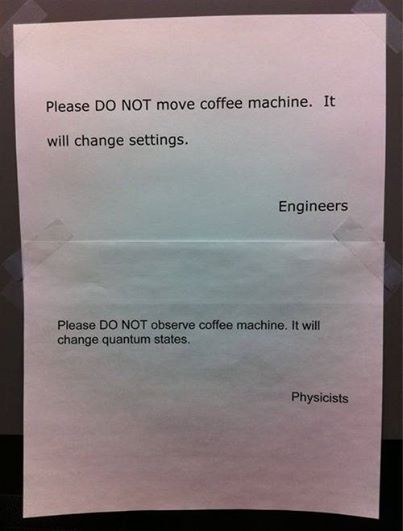Mapping the Blind Spots: Developer Unearths Secret U.S. Military Bases by Lorenzo Franceschi-Bicchierai.
From the post:
If you look closely enough on Google or Bing Maps, some places are blanked out, hidden from public view. Many of those places disguise secret or sensitive American military facilities.
The United States military has a foothold in every corner of the world, with military bases on every continent. It’s not even clear how many there are out there. The Pentagon says there are around 5,000 in total, and 598 in foreign countries, but those numbers are disputed by the media.
But how do these facilities look from above? To answer that question, you first need to locate the bases. Which, as it turns out, is relatively easy.
That’s what Josh Begley, a data artist, found out when he embarked on a project to map all known U.S. military bases around the world, collect satellite pictures of them using Google Maps and Bing Maps, and display them all online.
The project, which he warns is ongoing, was inspired by Trevor Paglen’s book “Blank Spots on the Map” which goes inside the world of secret military bases that are sometimes censored on maps.
…
A great description of how to combine public data to find information others prefer to not be found.
I suspect the area is well enough understood to make a great high school science fair project, particularly if countries that aren’t as open as the United States were used as targets for filling in the blank spaces. Would involve obtaining public maps for that country, determining what areas are “blank,” photo analysis of imagery, correlation with press and other reports.
Or detection of illegal cutting of forests, mining, or other ecological crimes. All of those are too large scale to be secret.
Better imagery is only a year or two away, perhaps sufficient to start tracking polluters who truck industrial wastes to particular states for dumping.
With satellite/drone imagery and enough eyes, no crime is secret.
The practices of illegal forestry, mining, pollution, virtually any large scale outdoor crime will wither under public surveillance.
That might not be a bad trade-off in terms of privacy.


